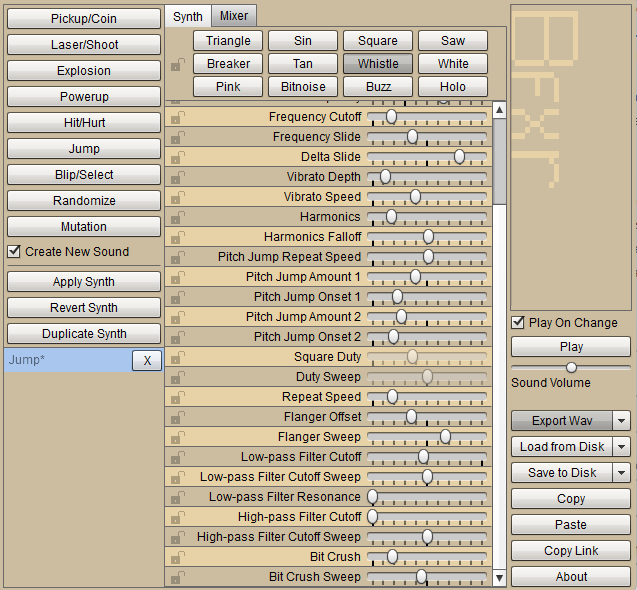Finding Frequencies
One of the things Wake Tech students learn is how to make games look good. 3D models, textures, VFX, UI elements... it all gets touched on at some point or another. But how does a game sound good?
We decided early on that we wanted to have character VO and sound effects that really sell the idea of being trapped alone in a bunker with only an omniprescent voice over the intercom and roombas for company. While a human voice doesn't need much development, our other "character" was a bit trickier. How should our little service bots express their personality through roomba-appropriate sounds?
This week, I decided to start exploring the answer. Please keep in mind that none of this information or these sound effects are final. This is simply an account of the journey I undertook to try to figure out a single sound.
The Idea
I started out to make a single sound effect: the alert noise a roomba would make when something happened in the environment. Since the team wanted the bunker to have a 70s/80s style feel to the technology, I started looking for programs that would could create and modify 8-bit or 16-bit sound effects. I found two that seemed promising, as they were both free and widely available: Bfxr and ChipTone. I decided to start with Bfxr first (ChipTone seemed more complicated at first glance, and I am but a novice creator).

It took about 20 minutes, but I finally managed to wrangle the options in a way that delivered a series of beeps. Progress!

It was two hours into my exploration that I accidentally made a discovery.

And then, there's the almost-stereotypical high tech "system shutdown" noise you've heard in a thousand science fiction movies and games, like below:
The loud rumble of a hundred different systems shutting down, with that old-fashioned CRT hiss- I hadn't been looking for it, but I'd found a whole new angle for exploration all the same.
One of the best things about game development is how it causes you to challenge yourself and go outside your comfort zone. It's always fun to try something new. I hope to continue to learn new things on this project.
Thanks for reading!
Corey
Get Lockdown
Lockdown
You are alone. You are being watched. Nothing is as it seems. Will you break out, or break down?
| Status | Prototype |
| Author | Dreamweaver Design |
More posts
- wrap upJul 24, 2023
- Strong UI and why 2D elements are just as important.Jul 17, 2023
- Decals - The Stickers of Video Games (UE5)Jul 16, 2023
- Voiceover, and the Audacity of It AllJul 11, 2023
- Working in Unreal: Making sure your project doesn't run at 2 FPSJul 04, 2023
- Franklin Clodfelter final prep on assetsJun 30, 2023
- My Retro Futuristic Kitchen Assets - MindsetJun 26, 2023
- WhiteboxingJun 21, 2023
- Keeping to the Theme: ModelingJun 18, 2023
- Object Use - Key Question and FormJun 13, 2023

Leave a comment
Log in with itch.io to leave a comment.